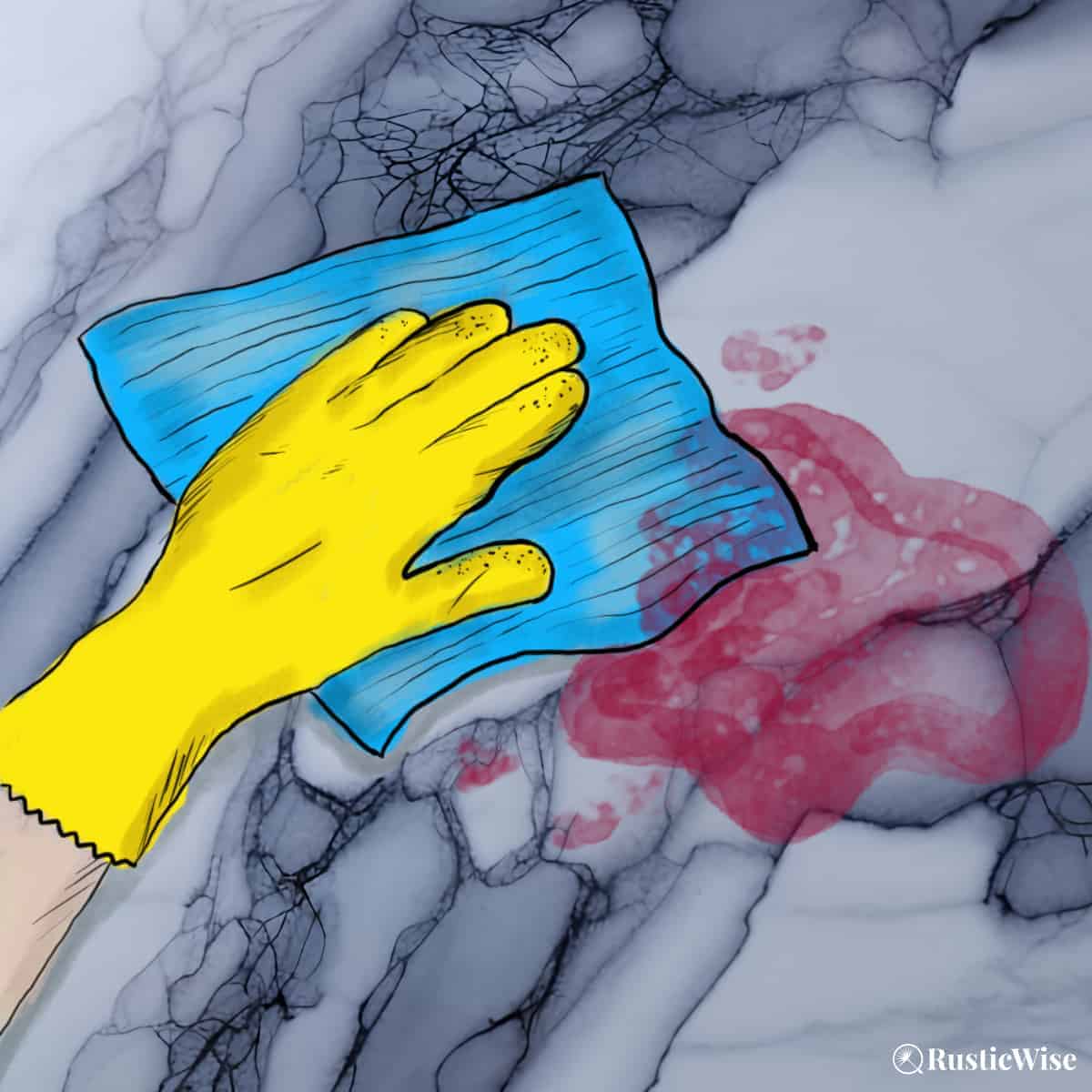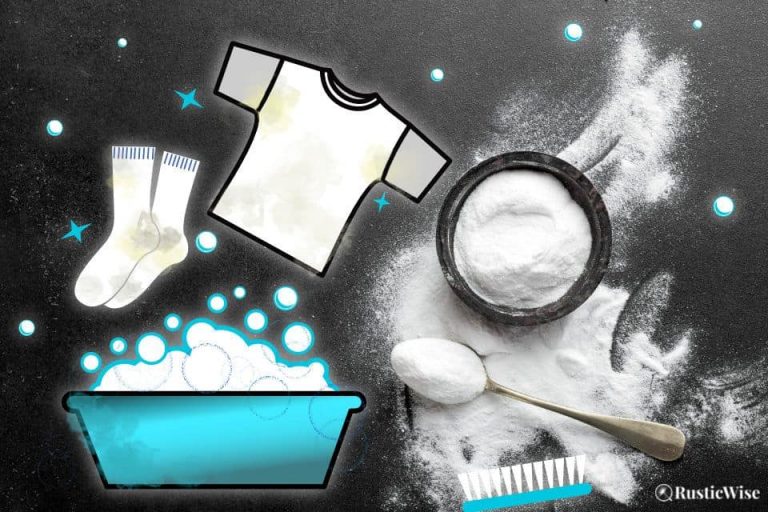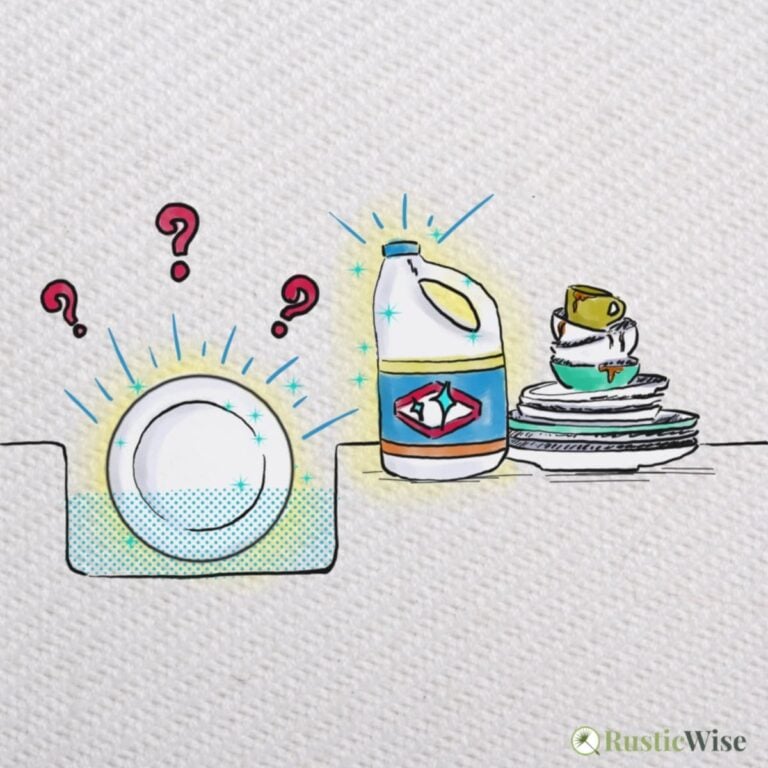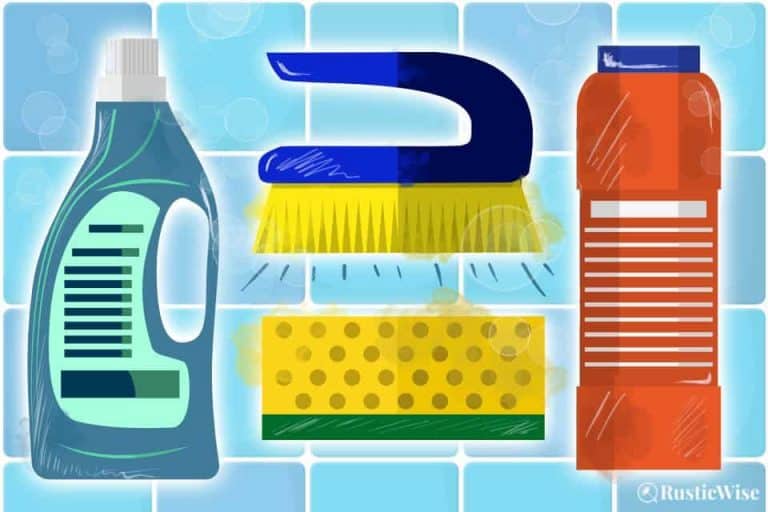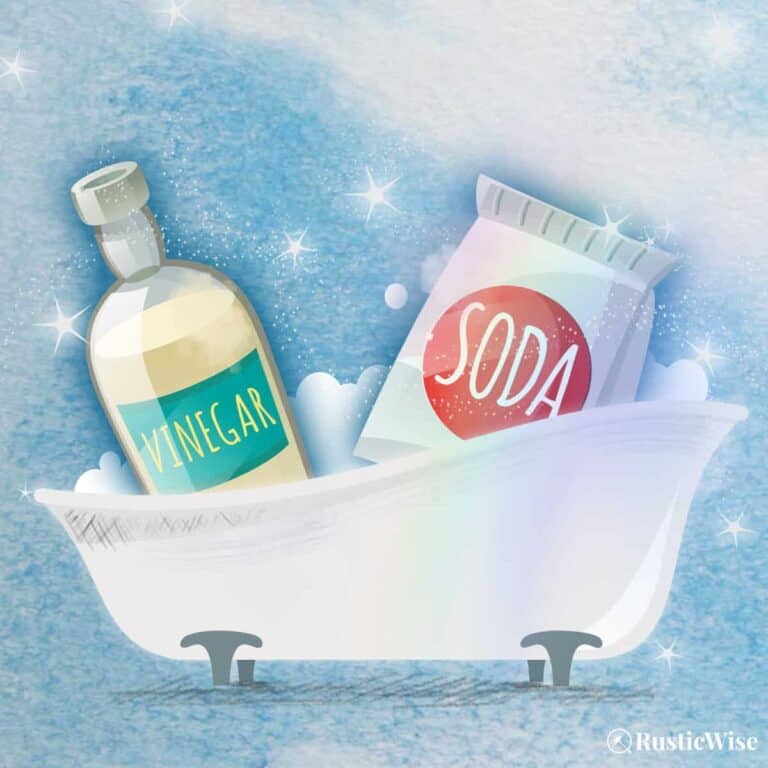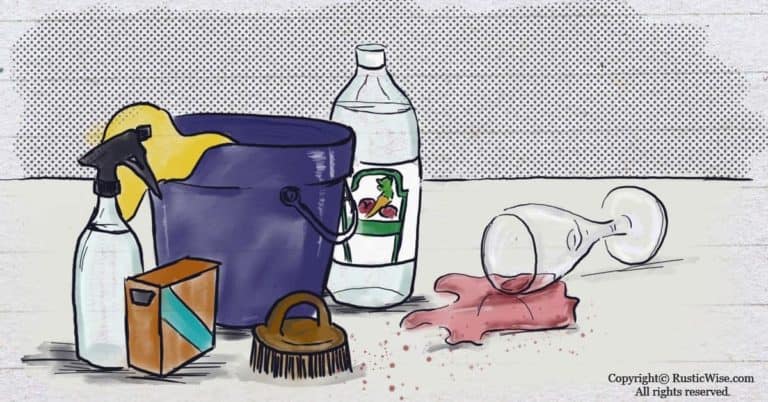Best Way To Clean Quartzite Countertops + Remove 5 Stains
Quartzite is a beautiful natural stone used for countertops and other applications. While it’s extremely durable and scratch resistant, that doesn’t mean that it’s indestructible. Its porous surface stains like any other natural stone.
So what’s the best way to clean quartzite countertops? Daily cleaning using a mild soap and water is key. You’ll also need to mop up spills (especially acidic liquids or foods) ASAP to prevent staining. Prevention is vital to maintaining the beauty of this stone countertop (so break out those coasters and trivets!).
Treat it gently and you’ll keep your stone quartzite looking lustrous for years to come. What if you already have stains? Don’t fret. Keep reading for ways to remove 5 types of common household stains. Plus, I’ll share an easy DIY all-purpose cleaner recipe!
A closer look at quartzite
Quartzite is a form of natural metamorphic rock. It’s a result of a natural process where sandstone and quartz is placed under high heat and pressure to create quartzite. While the quartz content varies by slab, quartzite generally contains between 90 and 99 percent quartz.¹
Because of this high quartz content and the way quartzite is processed, the final product is a beautiful stone that has a look and feel similar to marble or granite, with its glossy sheen. It’s popular for countertops because of its neutral colors and durability.
Is quartzite the same as quartz?
No, while these two materials share a similar name and look, there are key differences. Quartzite is natural stone which is not to be confused with engineered quartz countertops.
Both materials contain high levels of quartz, but their key differences lie in how they are made. We already mentioned how quartzite is made in the section above. Quartz is created by combining loose quartz fragments with resins and pigments to create a durable surface.
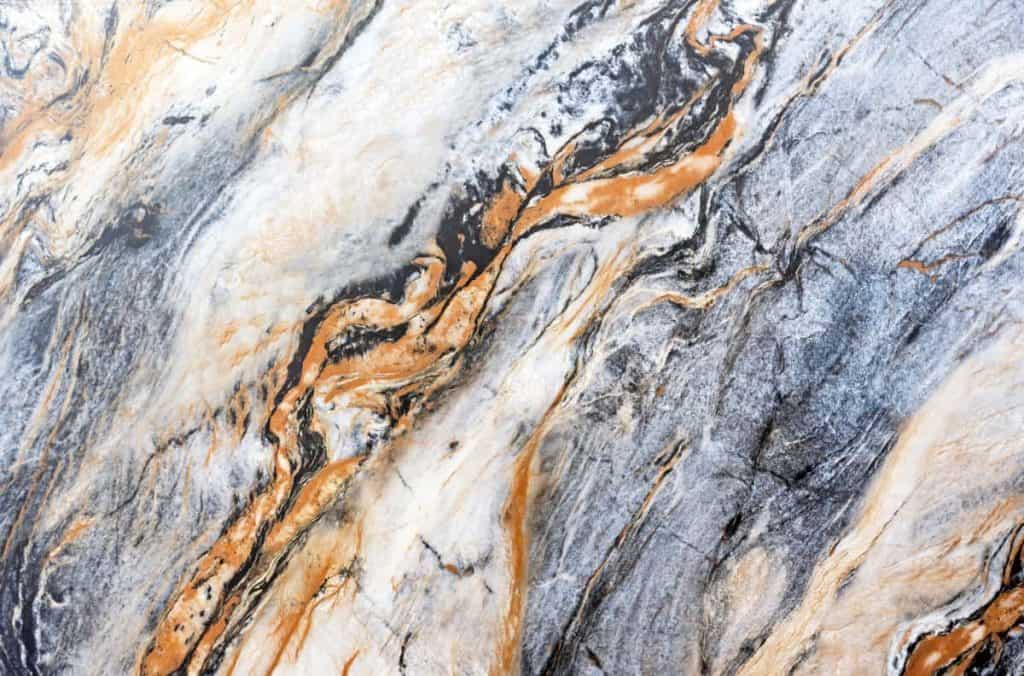
Credit: Deposit Photos
A note about the importance of sealing quartzite
Quartzite in its raw form is a porous natural stone, which makes it hard to clean and maintain. Herein lies the importance of sealant: it’s vital to ensure your counter is properly sealed to prevent stains. Usually this is done during installation.
Sealants are comprised of various acrylics, polyurethanes, or wax to make the surface practical for everyday kitchen use. While sealing the surface can help resist stains, it doesn’t make it stain-proof.
Once the seal wears off with time and with regular wear and tear, the stone surface will once again absorb liquids.
Which is why it’s so crucial that you follow a few basic cleaning tips.
The best way to clean quartzite countertops
If you plan on keeping your quartzite countertops looking fresh and clean for years to come, we suggest you make a quick wipe and spray (with mild soapy water) part of your daily kitchen cleaning routine.
Here’s how to wipe countertops after everyday use.
First, begin by using a soft, damp cloth (such as microfiber, a cotton dish cloth, or Swedish dish cloth) to wipe up any crumbs and debris.
Follow up with a spray mixture of water and mild detergent for best results. Wipe clean. Follow up with a clean wipe without any soap to remove any residue.
What about spills on quartzite?
- Blot, DON’T wipe! Wiping may spread the spill on the stone’s surface. Use a paper towel or soft cloth to blot the mess.
- Follow up with a soapy spray and rinse clean. Repeat as needed.
- Use a dry cloth to wipe dry.
Easy DIY all-purpose cleaner with only 2 ingredients
Caring for quartzite isn’t hard when you have this simple countertop-friendly cleaner.
You’ll need:
- 2 cups (16 ounces) of warm water
- 1 teaspoon of mild soap such as liquid dishwashing detergent (the kind for handwashing dishes)
- Empty spray bottle
- Combine all ingredients in spray bottle and swirl to mix.
- To use, spray onto countertop or cloth and wipe clean.
You may like to give the bottle a gentle shake each time before using to get the most sudsy action. Avoid adding too much soap to the recipe as this may leave a film behind when cleaning.
Tip: While you can use any type of mild soap, for this recipe, I like to stick with Palmolive dish soap as it has a pH of 7.2 according to its MSDS. This is pretty darn close to neutral which is what you want to keep counters clean and damage-free. Other hand dish soaps (including liquid Castile soap) have much higher alkaline pH levels. For more info, check out our article about the pH of dish soap.
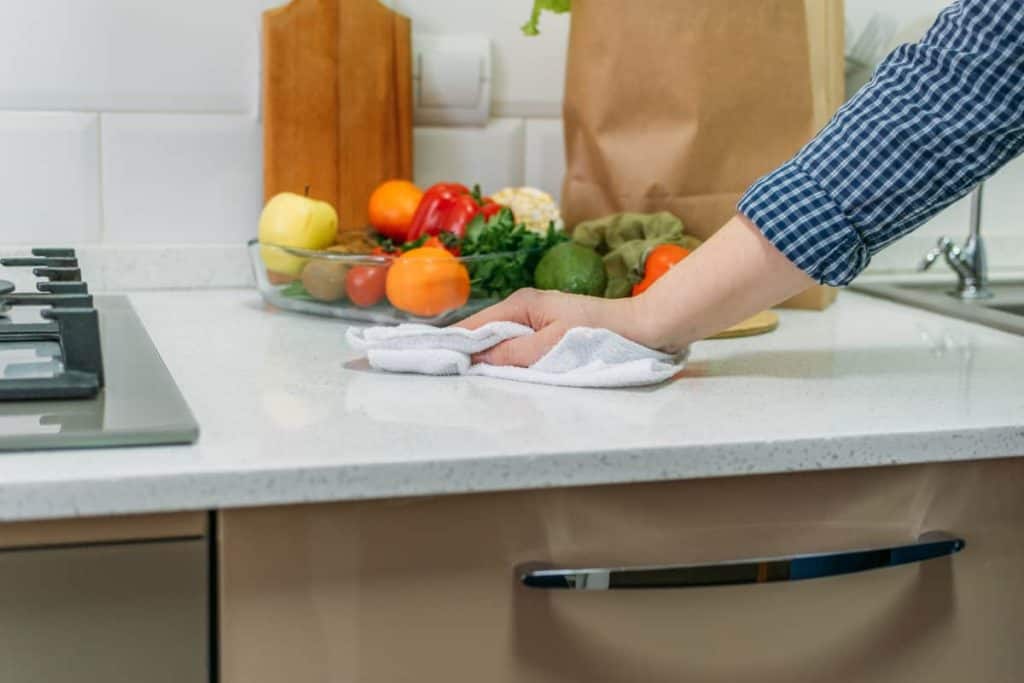
Quartzite countertop cleaning tips
There are certain things to consider when it comes to cleaning a polished surface such as quartzite countertops. Here are a few cleaning tips to keep your kitchen countertops looking their best.
- Use soft cloths: A microfiber cloth, or lint-free cotton dishcloth is soft and won’t scratch or damage the seal on countertops. Keep your heavy duty scrubbers away!
- Regular cleaning and maintenance is vital: A daily wipe of the surface using a cloth and a mild soapy solution is all you need to keep things clean. Check out our DIY recipe above!
- Make good use of coasters, trivets, and cutting boards: The old adage, “an ounce of prevention is worth a pound of cure” holds true for quartzite. Use coasters to prevent pesky coffee, tea, or wine stains. Trivets can also prevent messy spills (such as spaghetti sauce or curry) from turning into stains. And using cutting boards will prevent you from damaging the sealant (and it will also protect your knives as quartzite is a very hard surface)!
- Wipe up spills ASAP: Move like a ninja and wipe up any spills and splashes as they occur to prevent unsightly stains. Acidic foods and liquids are especially prone to causing stains. This includes coffee, citrus fruits, lemon juice, tomato sauce, wine, and vinegar.
- Reseal regularly: Your countertop manufacturer will have specific instructions on how often you need to reseal your surface. Generally, you’ll need to seal your quartzite once every year or two.
What cleaning products work best on quartzite countertops?
The consensus among stone suppliers is that quartzite countertops should be cleaned with non-abrasive, neutral pH cleaners applied with a soft cloth or sponge.
For removing stains on natural stone, special products are available, but it’s best to remove any spillage with soap and water as soon as possible.
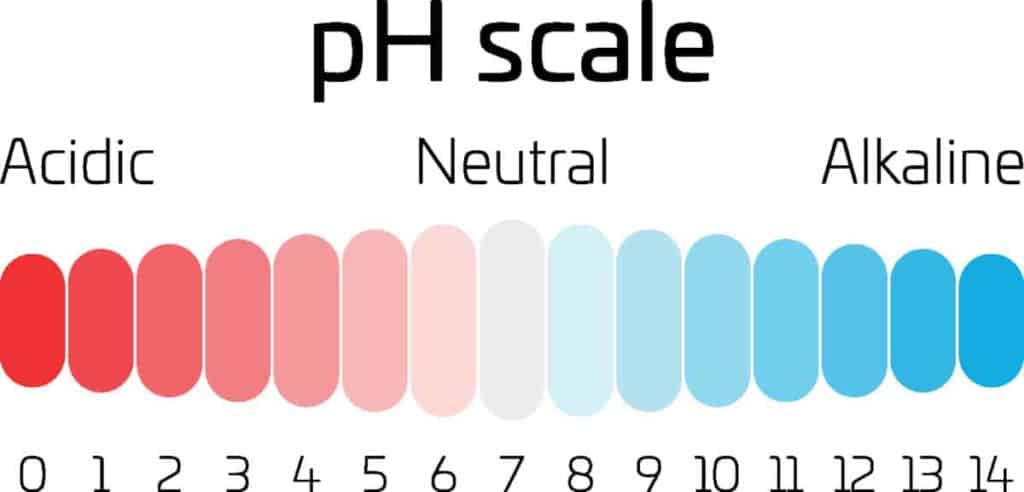
If you recall, the pH scale ranges from 0 to 14. A pH of 7 is neutral. Values below 7 are acidic, and values above are alkaline.
Products close to pH 7 are safe to use on stone surfaces. Acidic products may etch, or dull the material.
Cleaning products to AVOID on quartzite
Quartzite is a beautiful stone, but it can be damaged by seemingly harmless household products and abrasive cleaners. Let’s take a look at cleaning products to stay clear of when wiping quartzite counters:
- Abrasive cleaners: Manually scrubbing with scratchy sponges, coarse steel wool or other abrasive cleaning tools could leave scratches or etches, leaving the surface looking dull or faded. Same goes with scouring creams, powders, or cleaning products with sand, grit, and other coarse particles.
- Acidic cleaners: While lemon juice and vinegar are a mainstay in the natural cleaning world, they’re acidic, and may damage the finish on stone countertops. Other commercial acidic cleaners are also no-nos.
- Strong cleaners: Many common household cleaners contain bleach or ammonia which are harsh agents that can strip or damage your glossy finish. Similarly, commercial rust removers contain hydrofluoric acid a very strong acidic cleaner which can strip your sealer.
A quick guide on removing 5 common stains on quartzite
Accidents happen. As mentioned above, the best remedy for treating splotches and spots on your counters is to wipe up messes, pronto. Try using your DIY all-purpose cleaner with mild dish soap first.
Failing that, try the following home remedies for specific types of stubborn spots.
Note: Please check your countertop manufacturer for cleaning tips and guidelines. For persistent spots or heavy staining, you may need special stone cleaners to do the job.
1. Organic stains
Perhaps one of the most common types of annoying messes, this category includes fruit, coffee, tea, and wine.
According to the National Stone Institute, apply 12 percent hydrogen peroxide to a cleaning cloth and wipe clean.²
2. Water marks
If you have hard water, sometimes you’ll see surface buildup in the form of spots or rings from sitting mugs.
Use 0000 steel wool (an ultra-fine and gentle abrasive) to buff dry.²
Wait—didn’t I mention earlier to avoid harsh abrasives? Unlike coarse steel wool pads, 0000 steel wool has a finer (and therefore less abrasive) texture.
Tip: A 0000 steel wool pad is also handy for removing minor surface scratches. Deeper cuts may require a professional repolishing job.
3. Ink marks
Whether one of your kiddos had a little too much fun with their markers, or, you accidentally got some pen on the surface, there’s a solution, depending on the color of your quartzite.
For light colored counters, use 12 percent hydrogen peroxide.
For darker counters, use acetone.
4. Oil-based spots
This category includes vegetable oils, cooking grease, milk, or cosmetics. You can tell a splotch is oil-based as it will darken the area. Oil-based spots need to be dissolved first, and the stain can then be flushed away.
Try using soapy solution first. Next apply either acetone or mineral spirits (an organic solvent) to dissolve the stain. Finally flush away the stain with water. Pat dry.
5. Metal stains
Rust or iron stains appear brown or orange. This comes from metal cans, bolts or nails, and some types of flower pots.
Green or green-brown stains come from bronze or copper objects. The bad news is that metal stains are amongst the most difficult to remove.
You will need to create a poultice to remove these pesky splotches. See the section below.
How to make a poultice to remove stubborn spots on quartzite
There are commercial poultice products you can buy which are stronger than the DIY remedy I’ll be sharing which uses baking soda and water. You can try this home solution first to see if it works before spending money on cleaning products.
You’ll need:
- Baking soda (helps to lift dirt or other compounds)
- Water
- Small bowl
- Non-scratch spatula or plastic putty knife (to apply the poultice)
- Plastic wrap
- Painter’s tape (for easy removal)
- Soft cloth
There are a few steps to removing stains from quartzite countertops.³
- Combine equal parts water and baking soda in a small bowl. Mix until it forms a thick paste.
- Apply the poultice onto the stain with a spatula or putty knife. Use liberally so that the poultice is ¼ to ½ inch thick. Ensure the entire area is covered.
- Cover the affected area with plastic wrap.
- Tape the sides down.
- Let the mixture sit for about 1 to 2 days. Next, remove the plastic wrap and gently scrape off the dried poultice with a putty knife.
- Remove the dried baking soda mixture. Clean the area with a damp cloth to remove residue. Pat dry.
You may repeat this process as needed.
👉 If you like this post, see other Timeless Cleaning Tips You Need To Know. 🌟
Would you like more timeless tips via email?
Fun tips to help you live an independent, self-sustaining lifestyle. Opt-out at any time.


References
- Caesarstone, Quartzite Countertops vs. Quartz Countertops, https://www.caesarstoneus.com/blog/quartzite-countertops-vs-quartz-countertops/. Accessed February 2023.
- Natural Stone Institute, Get to Know Your Stone, https://www.naturalstoneinstitute.org/consumers/care/. Accessed February 2023.
- Natural Stone Institute, Poultices, https://www.naturalstoneinstitute.org/consumers/poultices/. Accessed February 2023.

Author: Theresa Tesolin
Theresa is co-founder of RusticWise. She helps people unleash their inner DIY spirit by encouraging them to get dirty and make or grow something from scratch.

